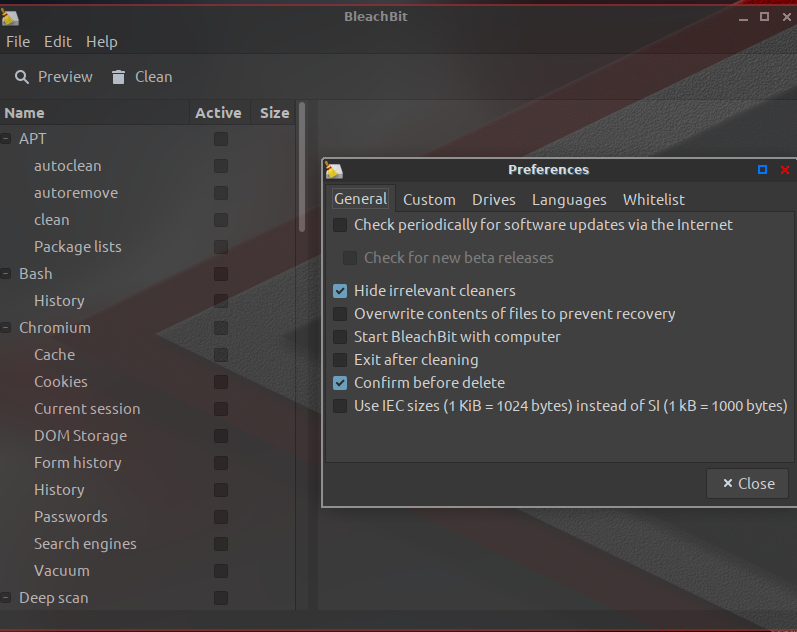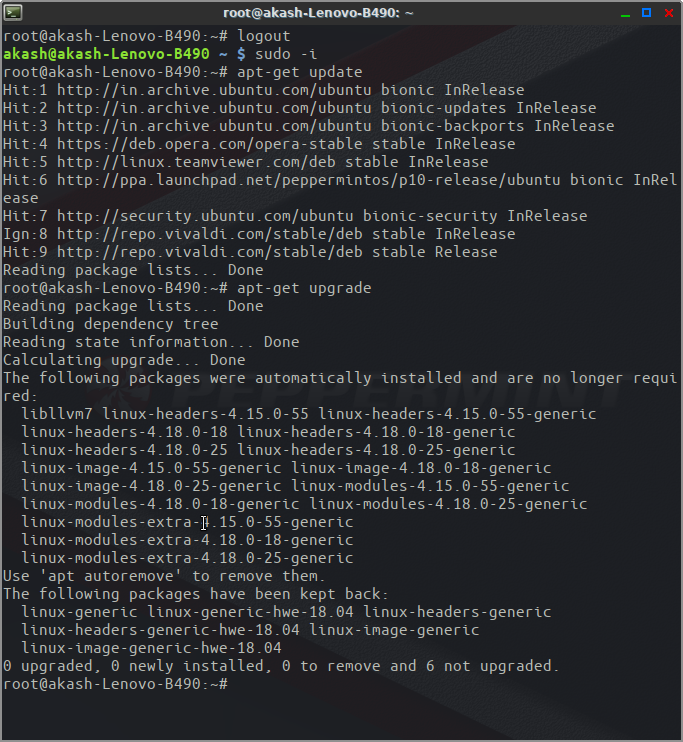So here we go, let’s talk about Linux maintenance, OMG ! you need to maintain Linux i thought it just worked fine, unlike windows what about defrag and that temp files which keep on accumulating. maybe cleaning the registry, no i am just kidding you need not do those things here it’s Linux and let me tell you this is awesome. Well there are few things you need to do to keep your Linux session going perfectly flawlessly smooth as you upgrade and use it for years to come and yes so here it is as Anglehit explains:
So a couple of things to touch on before we just move to the desktop arena, as we know here there are no temporary files here, well the – TMP folder is pretty much auto cleaned and this applies for each and every Linux distro out there that’s pretty cool, you do not have to do anything, it does the job for you, again there is no registry and no bloating of registry and hence as you keep on installing programs there are no hiccups as such. Now let’s talk about de-fragmentation so called defrag and again there is no defrag that’s the old-school hard drive you had in Windows that uses the NTFS file system which is lagged after some time because the blocks weren’t allocated the proper way. Guess what as you know Linux does not ise the NTFS file system, it uses ext4 or say ZFS or XFS. NTFS is a crappy file system, and it’s even worse than FAT file system in my opinion. hence we need not defrag since most of the file systems used in Linux is ext4, hence now we just move on to the desktop regime and let’s talk about the Linux maintenance things.

Ok so proper thing like you do any kind of change to the system, always check your backups, i recommend Time Shift. It does snapshots of the machine pretty well.
Next up lets talk about Bleach bit, make sure it is installed and then check for updates and select most of the everything and cache and cookies and I leave off deep scan as it takes time but i do it if required causally, free disk space which i uncheck and the rest is self explanatory. Just hit clean and this makes the system much better then the before and delete the unnecessary things.

Following up is the repository, so let’s update the system, the best way to do it is via the GUI, but i know Linux fans like me breathe inside the terminal so for arch systems pac-man syu or actually sudo pacman syu. Now you get pretty much all the updates for your drivers, kernel updates, software upgrades etc and hence it’s better if you reboot once you get the critical updates like security and kernel. It’s always a good habit as you get the latest and greatest things for free, but remember if you’re on a production machine then i won’t recommend that, that depends on your sys admin protocols which are given to you. For me it’s like I pin a particular package when I need to install them and yes when it’s installed things are good, make sure you have good backups as updates can sometimes mess up things, so what’s next i think it’s a good habit to go into etc/apt folder and digg into sources.list.d use nano or vim or any of your favorite text editor and make changes in-case you need not want to keep those bleeding edge updates or any testing repo’s of that sort.

So now make sure when you do the update via the command line you need to hunt down the errors which it throws and typically there should be no errors so better google it and resolve the issues. note that you can use flatpaks or snaps and also add those occasional PPA’s if required but make sure you know what you you’re doing.
Now purge old packages which are not necessary. again depends on your choice and the mileage varies. these are like cleaning up and removing the bloat which you do not use. So there you go these are few small tips which i follows for any other Linux install that i do and i make sure that i always remain updated and hence follow the golden rule backup and backup and you’re good to go. Thanks for reading !



